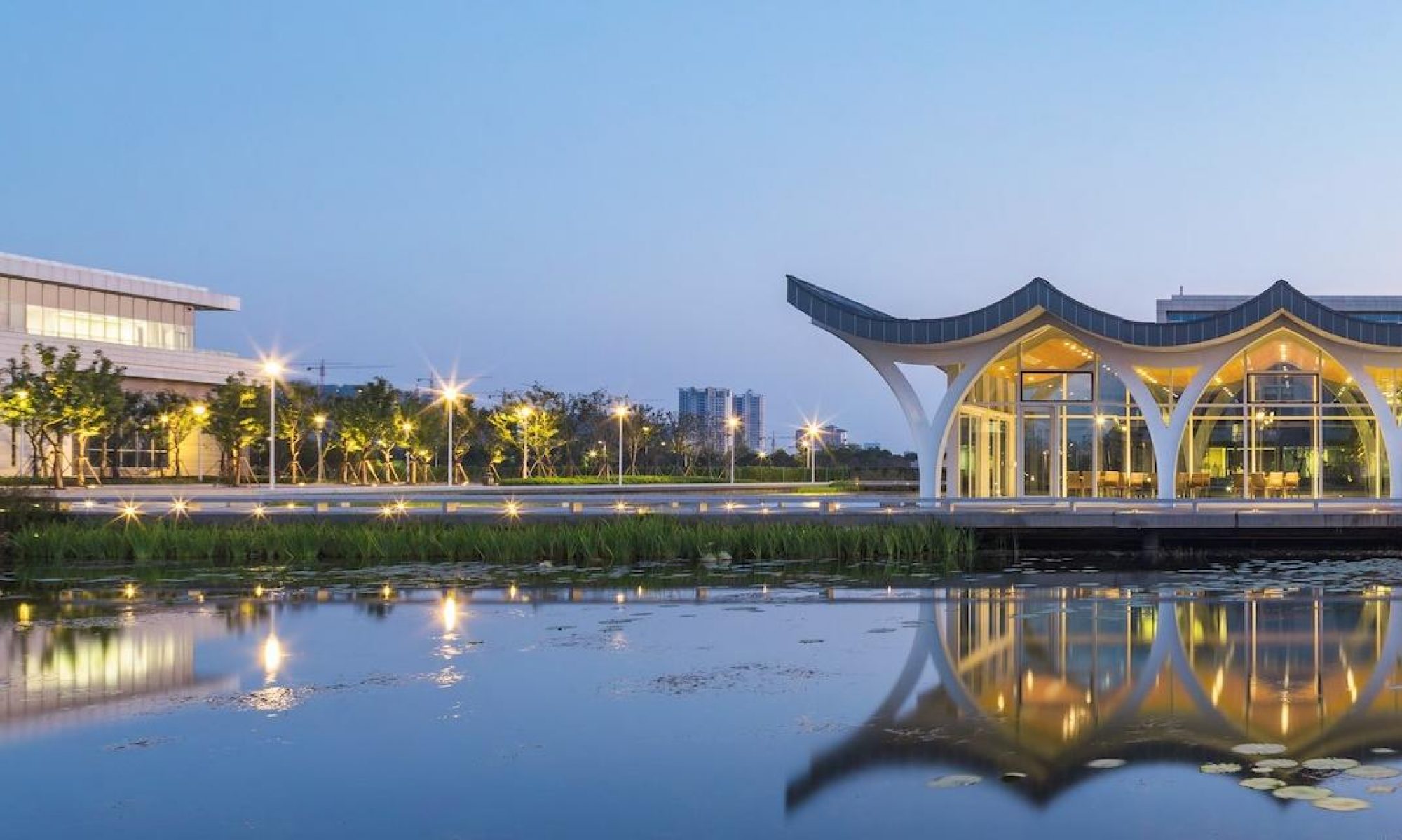By Momoko Mandere
Class of 2022
On April 17 at 9pm China Time, the AH Division and the Humanities Research Center held a talk on Bio-Art and the concept of “Pan Bio-Art”. The talk, which was held as part of the Media and Arts Speaker series, was graciously given by Beijing-based curator and researcher, Jo Wei. Jo Wei is currently based at the Central Academy of Fine Arts in Beijing. In consideration of the current global situation with COVID-19, the talk was given on the Zoom platform.
Although the interest in Bio-Art has boomed over the past decades, it is still a relatively new field in the art world. As such, Jo Wei began her talk by first walking her audience through a brief history of Bio-Art. Jo Wei explained how bio-art has evolved as the field of genetics evolved, from the initial excitement and fame that genetics-based science brought, to the ethical and political dilemmas raised by projects such as the cloning of Dolly the Sheep. Through this explanation, she was able to contextualize the growth and importance of Bio-Art in the 21st century. This would lead us to our working definition of Bio-Art, which can be understood as the manipulation, change or creation of life or living organisms.
Having introduced Bio-Art, Jo Wei then shifted her lecture to focus on “Pan Bio-Art”. If bio-art is the exploration of artistic expression through living organisms, “Pan Bio-Art” sheds limelight on how cultural identity shapes our relationship to living organisms. This idea is explored through the “Quasi-Nature: Bio Art, Borderline, Laboratory” exhibition. This exhibition is staggered into three components, each one drawing framing the conversation around Bio-Art in a different light. In Part One, the exhibition celebrates and focuses on the work of established bio artists with work that questions our relationship to the food we consumed, gene ethics and the Anthropocene. Part Two introduces the work of young, upcoming Asian Bio-Artists. In this phase of the exhibition, “Pan Bio-Art” takes center stage as the artists explore how their cultural identities inform their ideas that range from human intervention in the natural world, to Darwinism, to how the brain interacts with physical and metaphorical ideas. Finally, Part Three concludes with an introduction to Bio-Art, with a focus on helping young artists understand bio art and teaching the new generation of bio artists.
The lecture ended with a series of questions from audience members. The questions ranged from examinations of the ethics of Bio-Art to the difficult of navigating space between science and art. Jo Wei ended her remarks by noting that although there is a tendency to code perspectives into “East” or “West”, this coded language can limit conversations “Pan Bio-Art” seeks to spark, as it assumes that these viewpoints are all-encompassing and binary. She advised the audience to keep in mind that the codes of “East” and “West” are only a small component of what “Pan Bio-Art” wishes to converse on.
